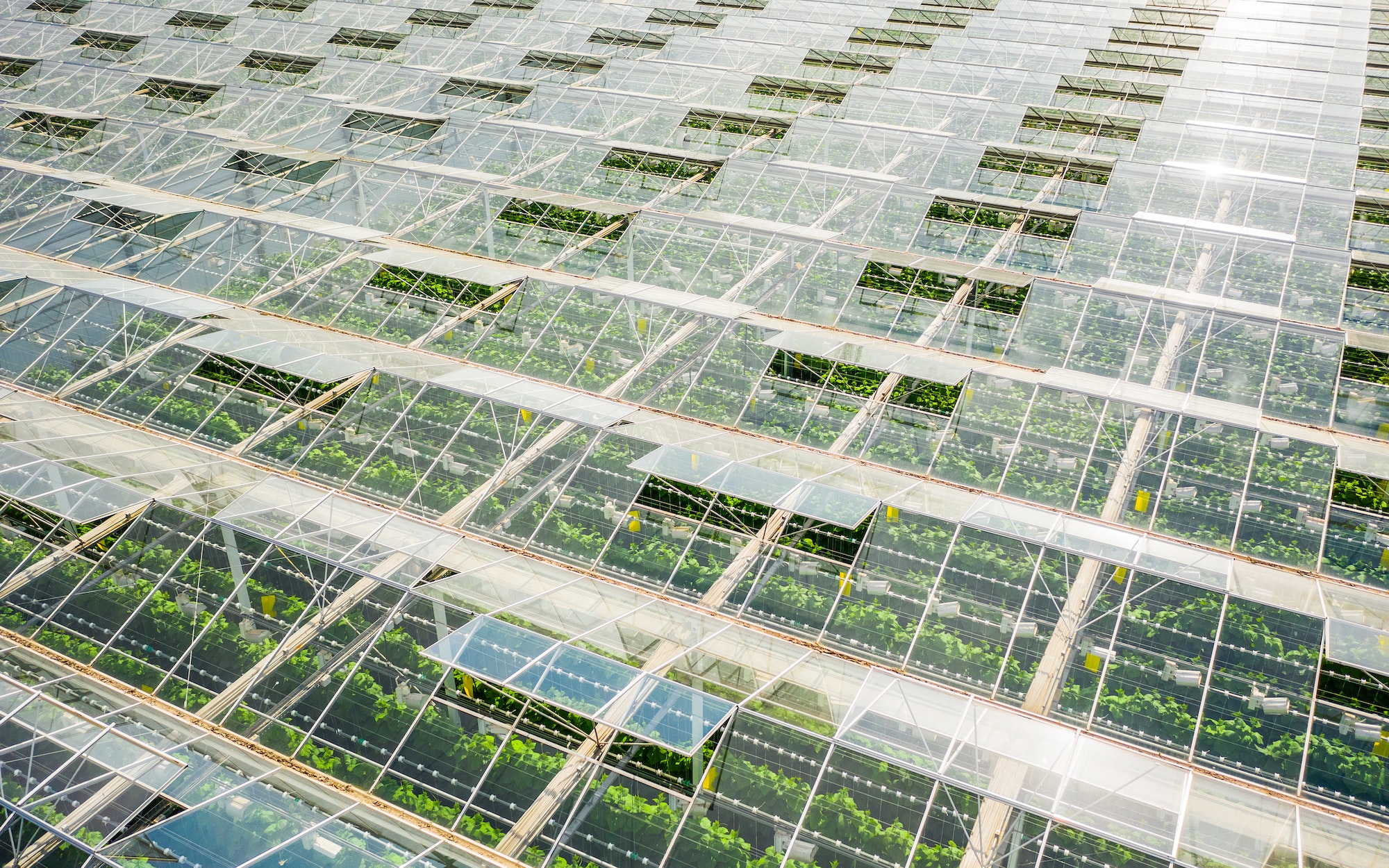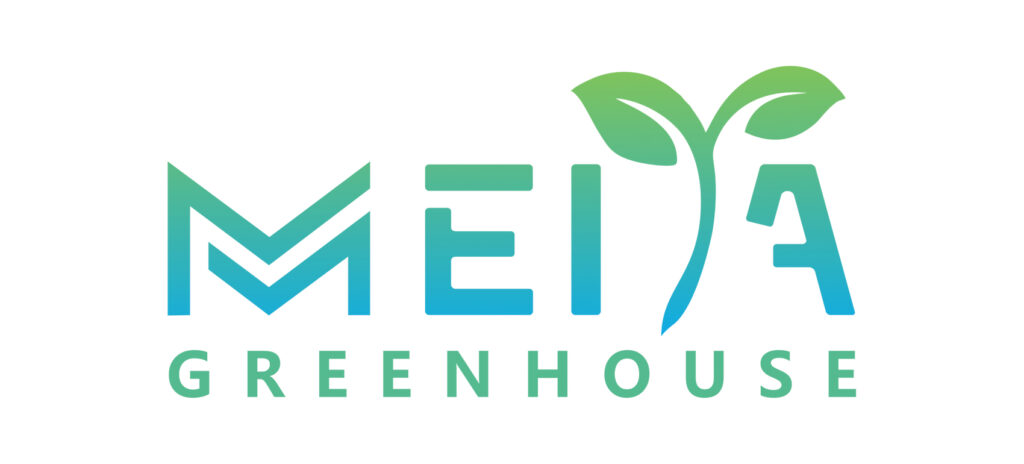An intelligent greenhouse, also called an automated greenhouse, is a high-tech “intelligent” greenhouse equipped with a computer-controlled movable skylight, shading system, thermal insulation, wet curtain/fan cooling system, spray drip irrigation system or drip irrigation system, mobile seedbed, and other automated facilities, based on the agricultural greenhouse environment. The control of an intelligent greenhouse is generally composed of three major parts: signal acquisition system, central computer, and control system.

A. Greenhouse design principles
-
Adhere to the principle of scientific, forward-looking, and practical combination, careful consideration of the actual use of greenhouse functions, and a good selection of appropriate supporting equipment, to achieve a good price-performance ratio.
-
Adhere to the actual starting point, and reasonably determine the design standard, the production process, the main equipment, and the main project to achieve advanced, applicable, and reliability.
-
Adhere to the principle of local conditions, focusing on the design of local climatic conditions and internal requirements.

B. The greenhouse design basis
- The relevant greenhouse standards;
- The country’s current design and construction specifications for building structures and equipment requirements specifications;
- According to the actual use of function;
- The basic climate of the project site.
C. The main structure
- Foundation civil construction. Greenhouse around the strip foundation, concrete pouring (according to the depth of the local permafrost layer, the foundation burial depth should be not less than 1.5 meters underground, while the foundation must be located above the bearing layer, the depth of the bearing layer needs to refer to the local geological survey report). Greenhouse internal point foundation, greenhouse surrounded by 0.5 meters high brick wainscoting, cement mortar plaster treatment, loose water 0.5 meters wide.


- Greenhouse main skeleton. Greenhouse main skeleton. The greenhouse’s main skeleton is a steel structure, using domestic high-quality hot galvanized steel pipe and steel plate, the normal service life of 20-30 years.


- Anti-drip system (anti-condensation system)
At present, internal condensation is a common problem in domestic greenhouses, dew drops affect the use of greenhouses to different degrees, and more importantly, it directly affects the quality and yield of indoor crops. The greenhouse is equipped with a shaped structure under all the gutters to prevent dripping and collect dew. The main structure of the greenhouse is designed with an anti-drip system, where the dew drops formed on the inner surface of the cover material are directed to a designated location through a collection trough, which is installed under the rain gutter. This design has the advantages of wide cross-section, high strength, beautiful appearance, long service life, not easy to deform, and can collect all the dew collected on the roof.

D. Covering materials
-
Tempered glass characteristics
Good safety performance: when the glass is damaged by external forces, the fragments will become similar to honeycomb-shaped blunt angle broken small particles, not easy to cause serious injury to humans; high strength: the same thickness of tempered glass impact strength is 3-5 times that of ordinary glass, bending strength is 3-5 times that of ordinary glass; thermal stability: tempered glass has good thermal stability, can withstand the temperature difference is three times that of ordinary glass, can withstand 300 ℃ temperature difference change.
-
Double-layer insulating glass
Double-layer hollow glass is good for greenhouse lighting, light transmission, beautiful and generous appearance, and good visual effect, especially with the best insulation performance.


More content will be shared in the next post…







